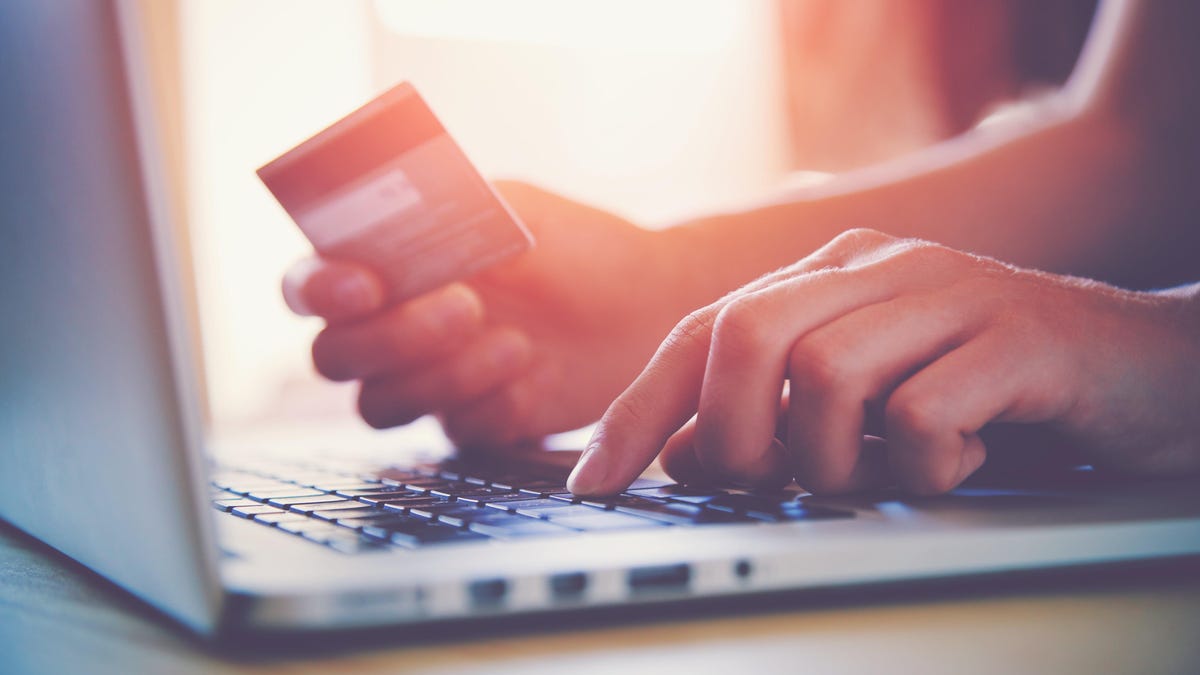These Are the Safest Payment Methods (and the Ones to Avoid)

Thanks to credit and debit cards, digital wallets, peer-to-peer apps and bank transfers, sending money digitally has become the norm these days. While this convenience is great, it also comes with risks, especially if you don’t take proper safety precautions. And when it comes to choosing a specific payment method, not all options are created equal when it comes to security. Here are the payment methods that offer you the most protection, as well as those you should avoid.
These are the safest payment methods
- Credit cards. Credit cards remain one of the safest online shopping options. They have enhanced protection against card issuer fraud. As long as you monitor your statements and promptly report any unauthorized charges, you are protected from liability. Only use credit cards on secure sites and never provide the full card number except on the checkout page from a trusted merchant.
- PayPal. PayPal is a smart choice for peer-to-peer transactions or purchases on sites that accept it. It keeps your financial information private and, as long as you avoid sending money to strangers, provides protection in case of fraud. Link PayPal only to your credit card, not directly to your bank account. This allows you to retain all the protection and benefits associated with the base card.
- Apple Pay/Google Pay. Making in-store purchases using contactless payment apps on your mobile device increases security. Your actual credit card number is never shared with the merchant. You still get the convenience of tap-to-pay, but with more privacy.
- Gift cards. For casual online shopping or gaming, you can safely purchase a Visa or Mastercard gift card with a small balance and use it instead of a real credit card. This effectively limits your liability if your card number is stolen. Just be sure to carefully check the site that uses it; If you’ve been the victim of a gift card scam, here’s how to get your money back .
Riskier Payment Options (And How to Protect Yourself Either Way)
- Debit cards. It’s not that debit cards are “unsecure,” it’s that they don’t offer the same security as credit cards. The money comes straight from your checking account, making it harder to recover lost funds due to fraud. Use your debit card only on trusted sites.
- Prepaid cards. Although prepaid cards are safer than debit cards, they do not offer the same strong fraud protection as credit cards. Only use if you have no other options and be careful when entering your card number online.
- Bank transfers. Sending money directly from your bank account is risky. Generally, there are no refund rights or fraud protections for bank transfers. This method should only be used when paying someone you know and trust.
- Third party payment applications. Venmo, CashApp and other peer-to-peer payment apps are risky to use with strangers. Only use them when paying people you know well in your personal network. And never return money that a stranger “accidentally” sends you on Venmo .
Bottom line
When it comes to fraud protection, credit cards and digital wallets like PayPal are the best choice for secure online payments and digital payments. Always use caution when sharing banking information with a merchant and avoid using third-party payment apps with strangers. Ultimately, your risk lies less in the payment method itself and more in avoiding scammers and other bad actors. To learn more, stay up to date with Lifehacker scam news here .